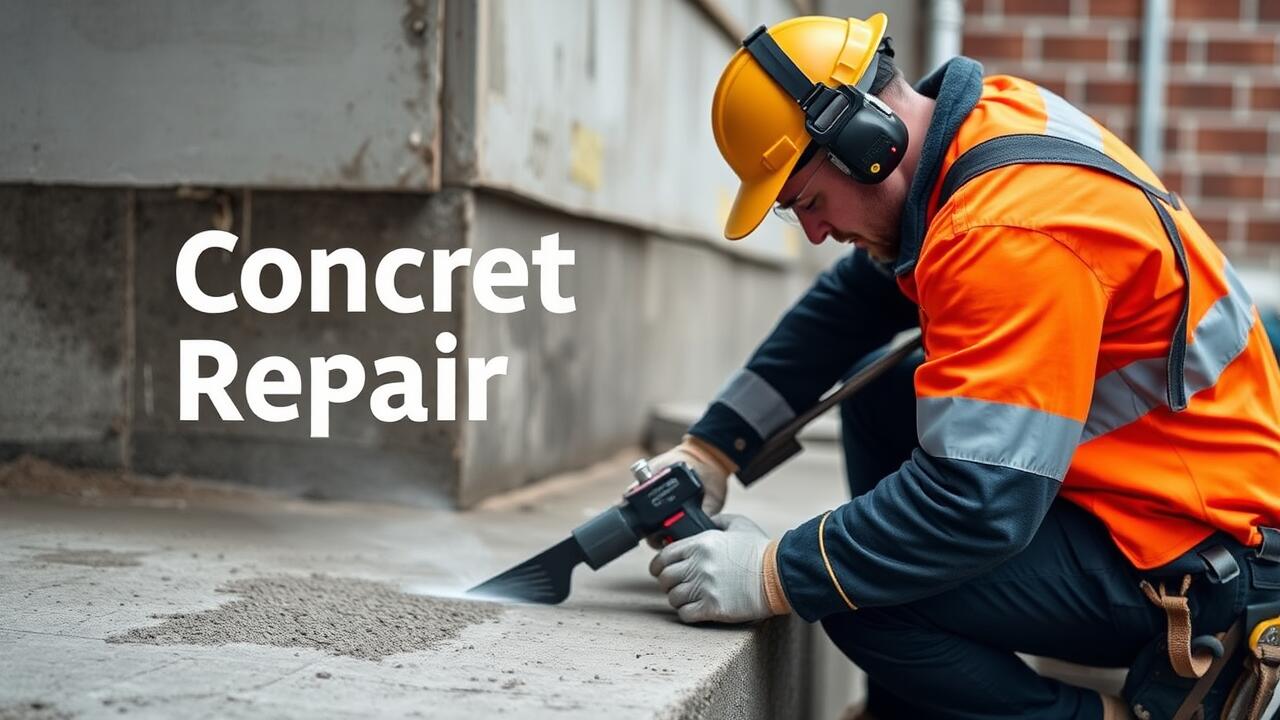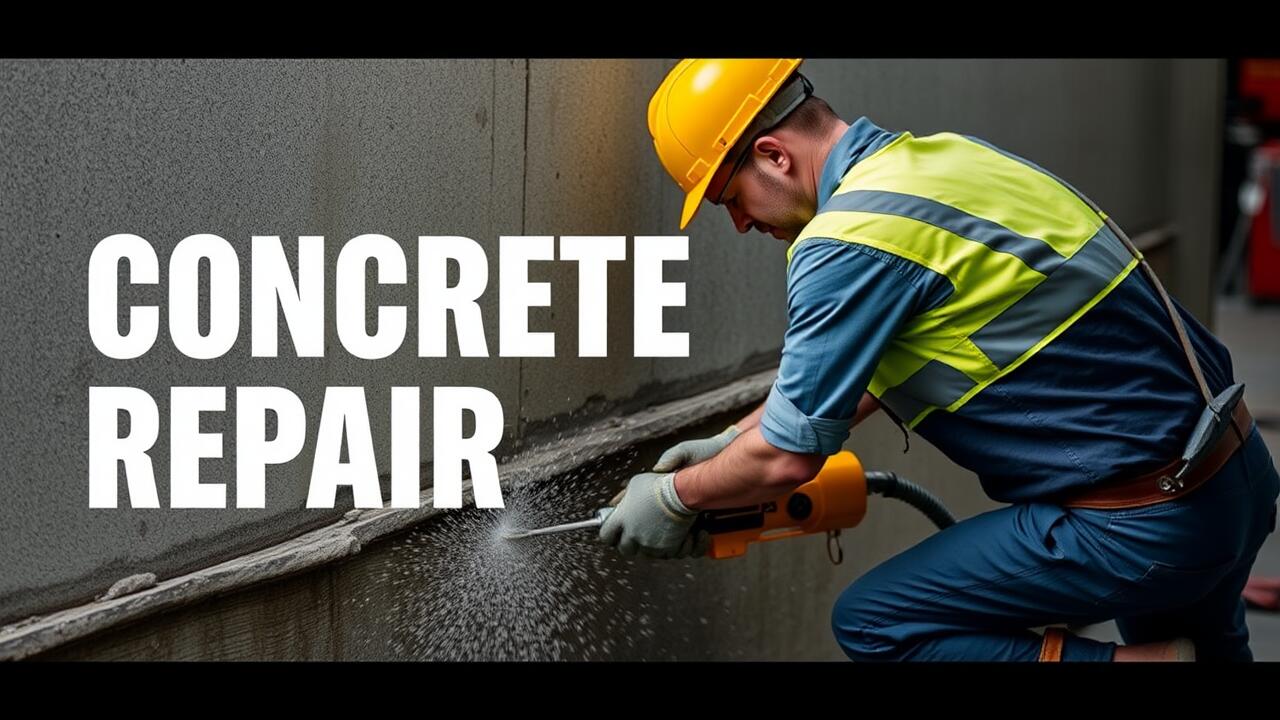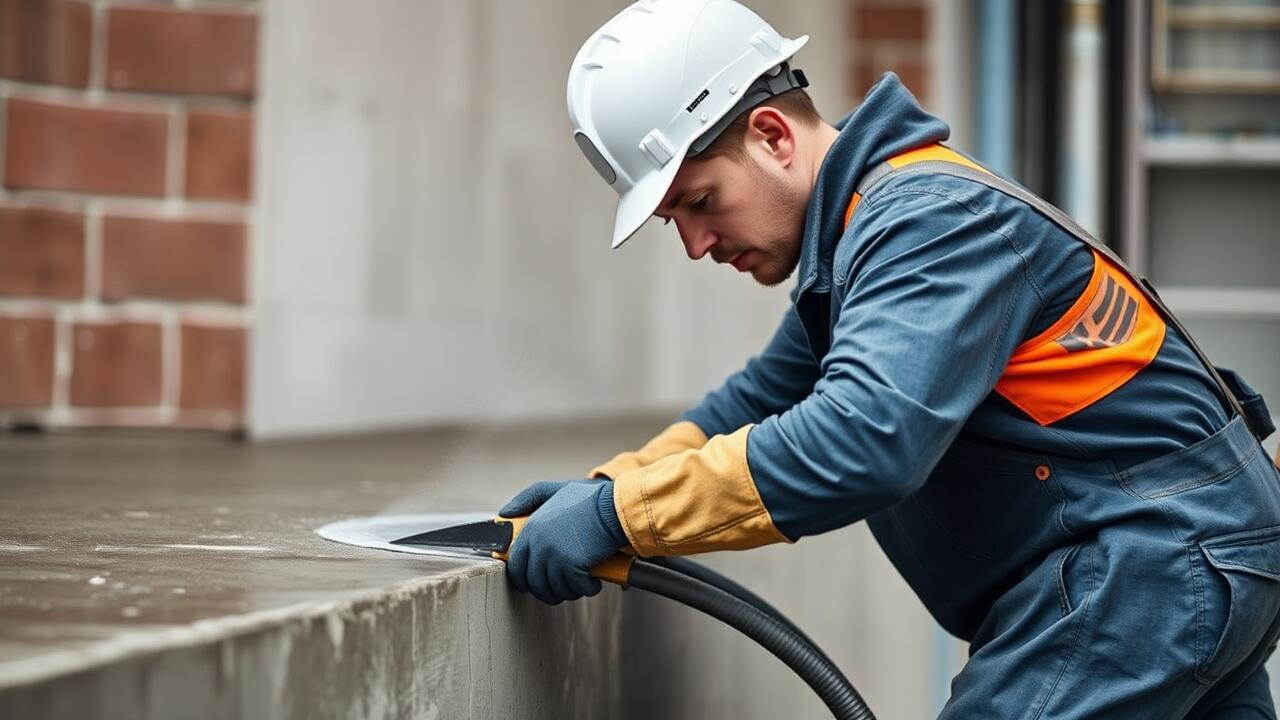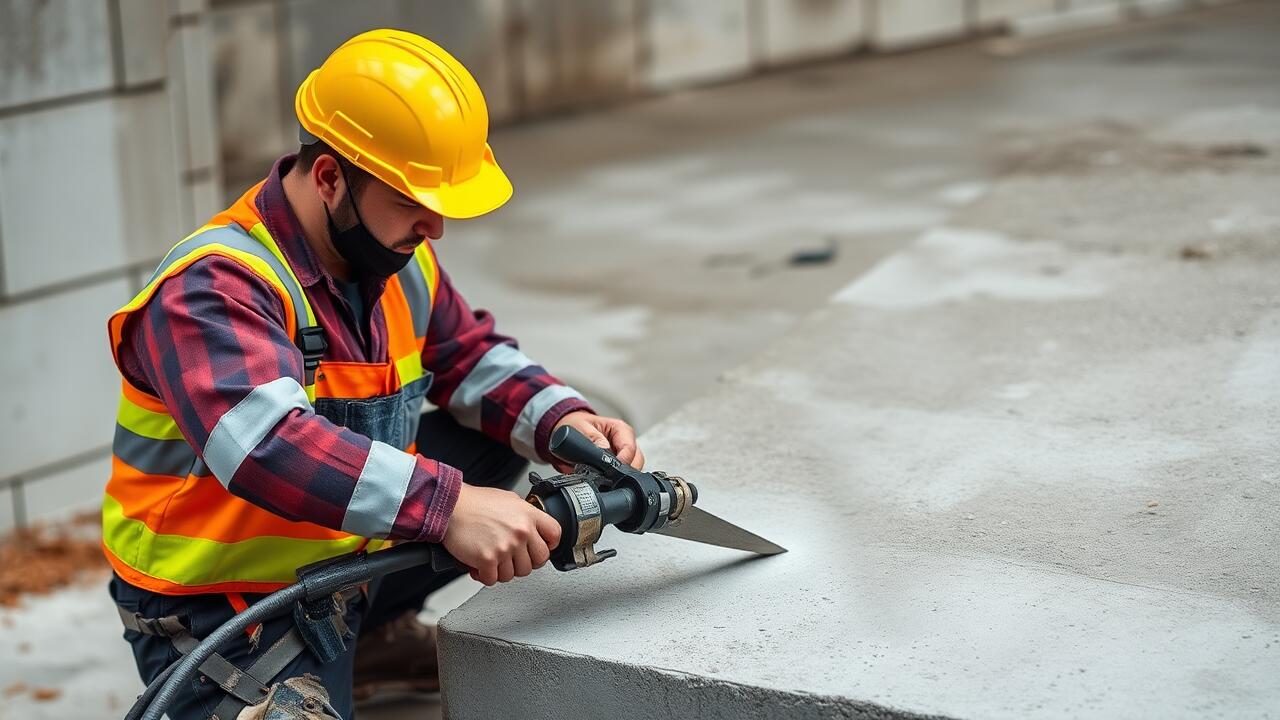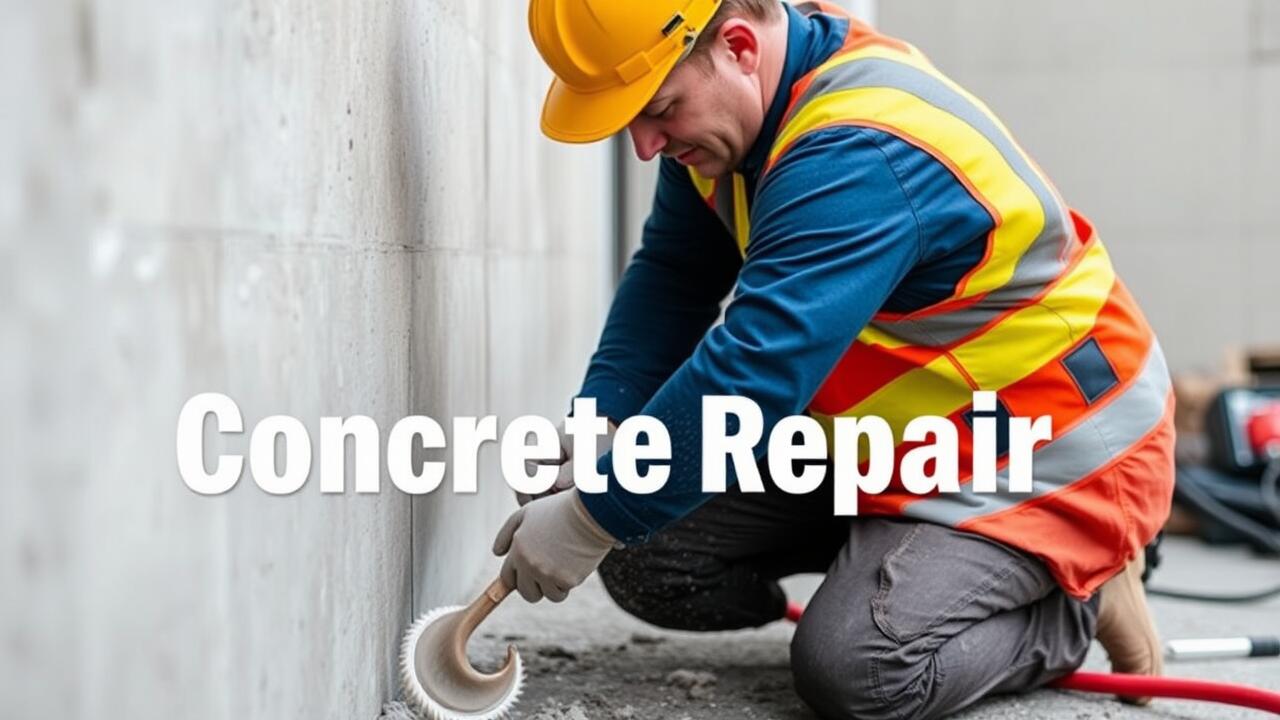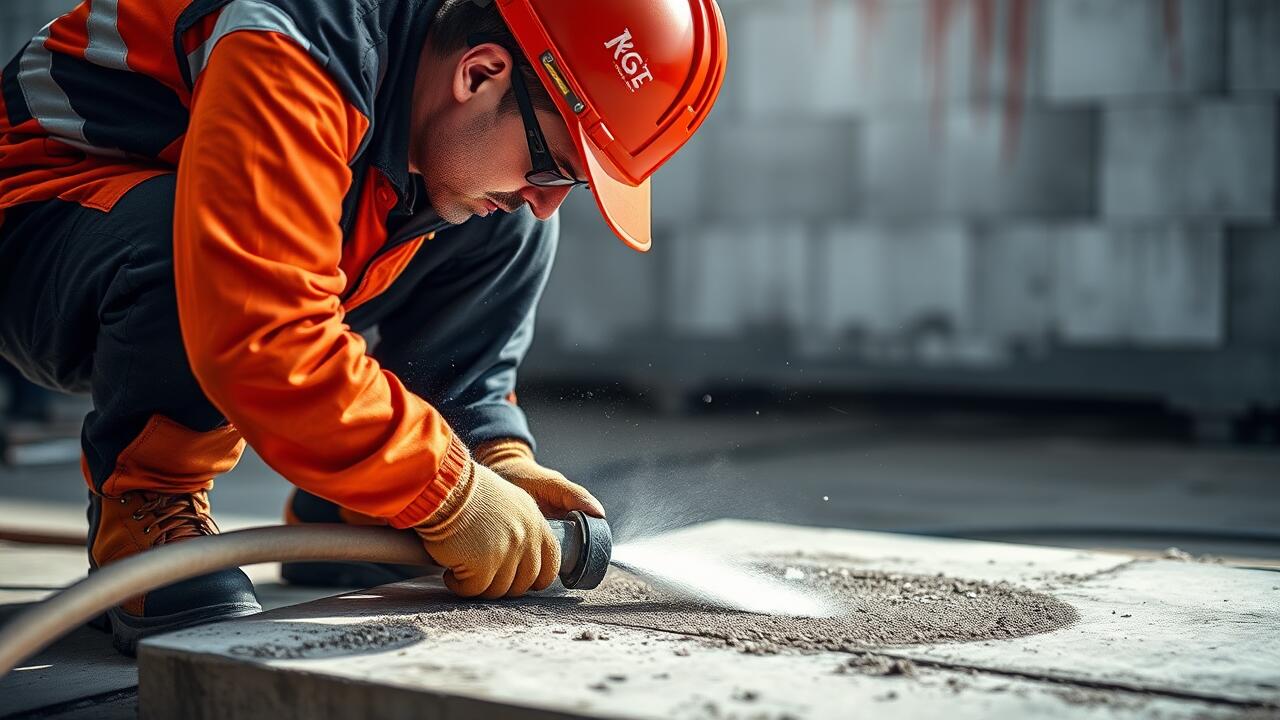
Step-by-Step Resurfacing Process
The resurfacing process begins with thorough preparation of the concrete surface. This involves cleaning the area to remove any debris, dust, or contaminants. Pressure washing is often the most effective method for achieving a clean surface. Once cleaned, inspect the concrete for cracks or imperfections that may require repair before applying the new layer. Fill any cracks with a suitable concrete patch and allow it to cure according to the manufacturer's recommendations.
After the surface has been prepared, the next step is to mix and apply the resurfacer. Follow the manufacturer's instructions for mixing ratios and application techniques to ensure a proper blend. Using a large squeegee, pour the resurfacer onto the concrete in manageable sections, spreading it evenly across the surface. It's crucial to work efficiently, as the resurfacer will start to set relatively quickly. Completing this phase correctly will greatly enhance the durability of Concrete Repair in Paradise Valley Miranda, Phoenix, ensuring a smooth and long-lasting finish.
Applying the Resurfacer Effectively
Applying the resurfacer requires a careful and methodical approach to ensure even distribution and adhesion. Before starting, it is essential to prepare the surface by cleaning it thoroughly, removing any debris, grease, or previous coatings. Mixing the resurfacer according to the manufacturer's instructions is crucial, as improper consistency can lead to an uneven finish. Use a wide squeegee or trowel to spread the material evenly across the surface. Working in smaller sections can help maintain the wet edge and prevent seams from forming.
Once the resurfacer has been applied, it is essential to follow up with texturing for better grip and aesthetic appeal. Techniques such as broom finishing or using a roller can create the desired surface texture. Make sure to avoid walking on the resurfaced area until it has cured fully. For those looking for professional assistance, Concrete Repair in Paradise Valley Miranda, Phoenix offers skilled services to achieve optimal results and longevity in resurfacing projects.
Curing and Maintenance After Resurfacing
After completing the resurfacing process, proper curing is essential for achieving optimal results. The newly applied surface must be kept moist to facilitate a proper curing reaction. To accomplish this, homeowners can mist the area with water several times a day for the first few days. Covering the surface with wet burlap or plastic sheeting can help retain moisture and protect it from harsh weather conditions.
Maintaining the resurfaced concrete is vital for extending its lifespan. Regular cleaning using a mild detergent can prevent dirt and stains from accumulating. Additionally, applying a sealer every few years helps to protect the surface from moisture, stains, and other damaging elements. Homeowners in need of professional assistance can turn to services like Concrete Repair in Paradise Valley Miranda, Phoenix, ensuring their investment remains durable and visually appealing over time.
Ensuring Longevity and Performance
Proper maintenance after resurfacing is essential for ensuring the longevity and performance of the concrete. Regular inspections can help identify any issues before they escalate. Cleaning the surface periodically helps remove debris and grime that can cause wear over time. Ensuring that water does not pool on the surface is important, as standing water can lead to cracking and deterioration. Using a sealant can add an extra layer of protection against moisture and staining.
When considering concrete repair in Paradise Valley Miranda, Phoenix, selecting the right materials plays a crucial role in durability. High-quality resurfacing products designed for the local climate will provide better adhesion and resistance against environmental factors. Additionally, employing professional services can ensure that the application is done correctly, which will significantly enhance the overall lifespan of the resurfaced concrete. Regularly refreshing the sealant and monitoring for cracks or surface wear will help maintain performance and aesthetics.
Cost Considerations for Resurfacing
Resurfacing concrete can be a cost-effective solution for both residential and commercial properties. The initial expenses may vary depending on the size of the area being resurfaced and the type of materials used. Additional costs might arise from hiring professionals, especially if specialized equipment is needed for large projects. Owners should also consider potential hidden costs, such as necessary repairs to the underlying concrete before resurfacing, which can further impact the overall budget.
In Paradise Valley Miranda, Phoenix, homeowners often weigh the pricing of resurfacing against the long-term benefits. Quality resurfacing can extend the life of concrete surfaces, reducing future maintenance costs. It is essential to assess the value received from investment. Factors such as durability, aesthetics, and the enhanced functionality of the concrete should influence financial decisions. By carefully evaluating these aspects, property owners can make informed choices that align with their budgetary constraints while ensuring a satisfactory outcome.
Evaluating Budget vs. Value
When considering resurfacing options for concrete, evaluating the balance between budget constraints and overall value becomes crucial. Homeowners often face the dilemma of choosing the cheapest solution versus one that promises durability and aesthetic improvements. Investing in higher-quality resurfacing materials may present an upfront expense but can lead to long-term savings through reduced maintenance costs and increased property value. Residents seeking Concrete Repair in Paradise Valley Miranda, Phoenix can benefit from comparing various service providers and their offerings to ensure they make informed choices that align with their financial goals.
Additionally, it’s important to weigh the potential impact on property functionality and appearance. A well-executed resurfacing job not only enhances the look of outdoor spaces but also extends the lifespan of concrete surfaces, making them more resistant to weather elements and daily wear. Therefore, while cost is a significant factor, the long-term benefits of a professional resurfacing project should be carefully considered. Homeowners in areas like Paradise Valley Miranda, Phoenix, should assess the reputation and experience of contractors to ensure they deliver quality workmanship that justifies the investment.
FAQS
What is concrete resurfacing?
Concrete resurfacing is a method used to restore the appearance and functionality of old, worn-out concrete surfaces by applying a thin layer of resurfacer material over the existing concrete.
How long does the resurfacing process take?
The resurfacing process can typically take a few hours to a couple of days, depending on the size of the area being resurfaced and the curing times required for the materials used.
What tools do I need for resurfacing concrete?
Common tools for resurfacing concrete include a mixer, trowel, squeegee, broom, and possibly a concrete grinder or scarifier for preparing the surface before application.
How can I ensure the longevity of my resurfaced concrete?
To ensure longevity, it’s important to follow proper curing procedures, apply sealers as recommended, and perform regular maintenance such as cleaning and re-sealing as needed.
What factors influence the cost of concrete resurfacing?
Factors influencing the cost of concrete resurfacing include the size of the area, the condition of the existing concrete, the type of resurfacer used, labor costs, and any additional treatments or finishes desired.
